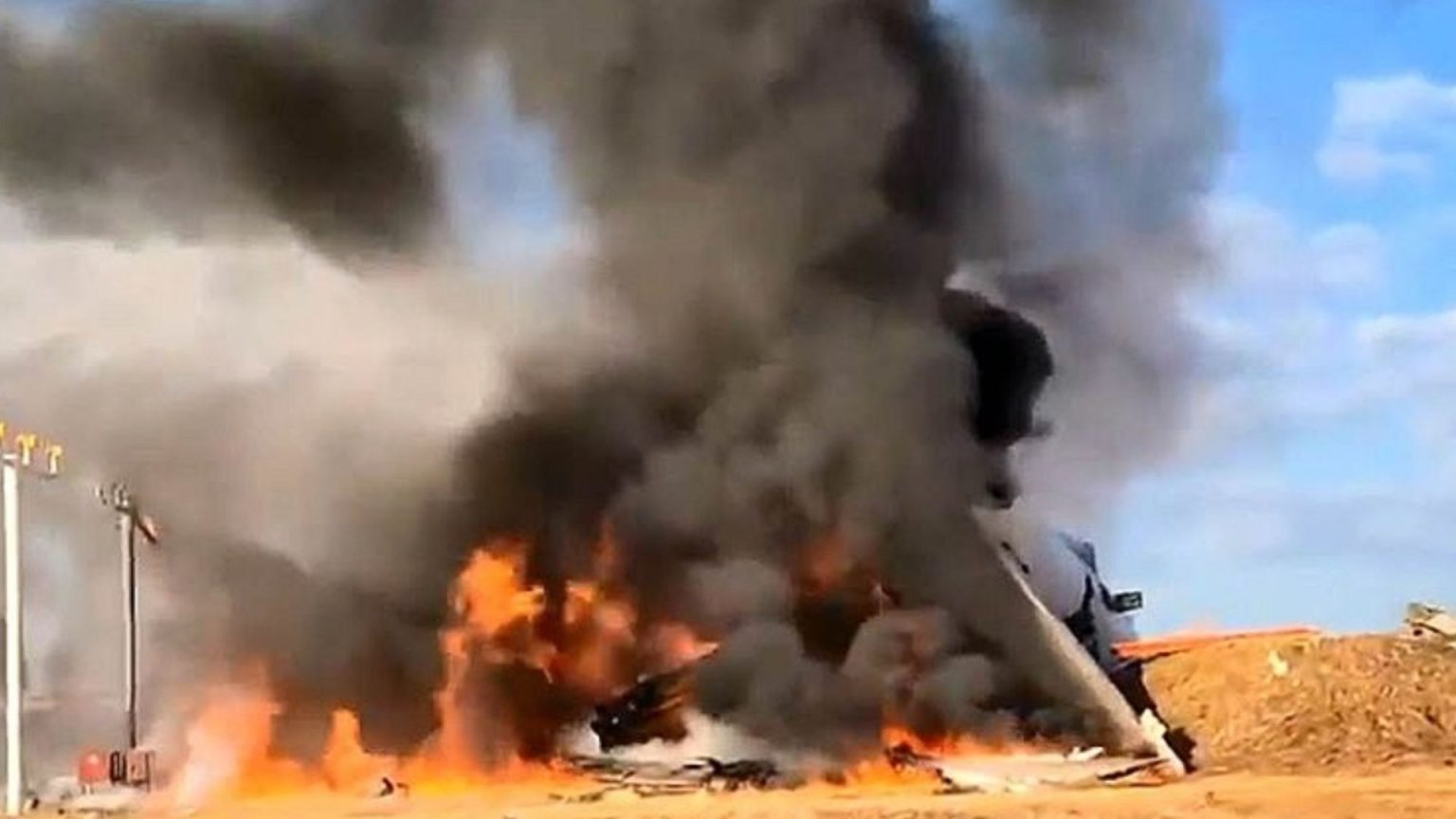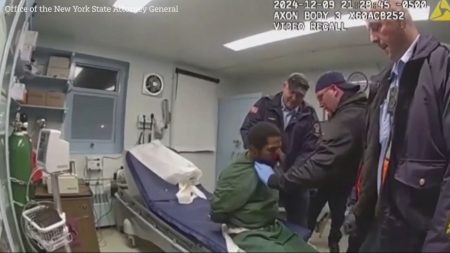On a fateful Sunday morning, tragedy struck at Muan International Airport in South Korea as Jeju Air Flight 7C2216, en route from Bangkok, Thailand, veered off the runway during landing, crashing into a wall and igniting a blaze. The aircraft, carrying 175 passengers and six flight attendants, met with this devastating accident, sending shockwaves through the nation and beyond. Initial reports from local media, including Yonhap news agency, painted a grim picture of the scene, with smoke billowing from the wreckage and emergency responders racing against time to rescue survivors.
The immediate aftermath of the crash was chaotic, with conflicting reports emerging about the extent of the casualties. While Yonhap news agency reported 28 fatalities, the emergency office refrained from confirming the exact number, stating only that two individuals had been safely evacuated. The airport authorities were actively managing the emergency situation, while firefighters battled to extinguish the flames that engulfed the aircraft. Rescue efforts focused on extracting passengers from the plane’s tail section, the only seemingly accessible part amidst the wreckage. Preliminary investigations, according to AP, suggested a landing gear malfunction as a potential cause of the accident.
South Korea’s acting president, Choi Sang-mok, swiftly responded to the crisis, directing all available resources towards the rescue operations and urging a comprehensive effort to save lives. Emergency officials meticulously combed through the wreckage, initiating a thorough investigation to determine the precise cause of the fire and the sequence of events that led to the catastrophic crash. The nation held its breath, awaiting further updates on the fate of the remaining passengers and crew.
This incident at Muan International Airport serves as a stark reminder of the inherent risks associated with air travel. While aviation safety standards have significantly improved over the years, accidents like this underscore the complex interplay of mechanical factors, human error, and environmental conditions that can contribute to unforeseen tragedies. The investigation into the Jeju Air crash promises to be a complex undertaking, requiring meticulous analysis of the aircraft’s maintenance records, the pilot’s actions, weather conditions at the time of landing, and any other contributing factors. The findings will be crucial in preventing similar incidents in the future.
The aftermath of the crash will undoubtedly involve a period of mourning and reflection for South Korea. The families of the victims will grapple with the immense grief of losing loved ones, while the survivors will likely bear the physical and emotional scars of the traumatic experience. The aviation industry as a whole will also learn from this tragedy, re-evaluating safety protocols and implementing necessary changes to minimize the risks associated with air travel. The incident will serve as a sobering reminder of the fragility of life and the importance of continuous vigilance in ensuring passenger safety.
Beyond the immediate impact on those directly affected, the Muan airport crash has broader implications for the aviation sector. The investigation’s findings will likely lead to stricter regulations and enhanced safety measures, potentially influencing aircraft design, pilot training, and airport emergency response procedures. The incident highlights the need for continuous improvement in aviation safety, demanding a proactive approach to identifying and mitigating potential risks. This tragedy serves as a catalyst for reflection and change within the industry, reinforcing the commitment to safeguarding the lives of those who entrust their safety to the skies.











